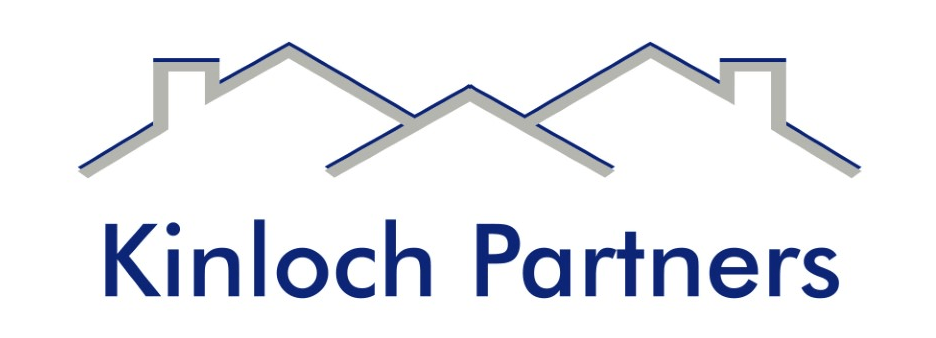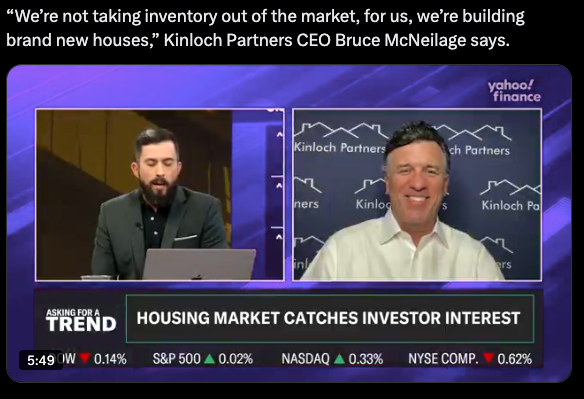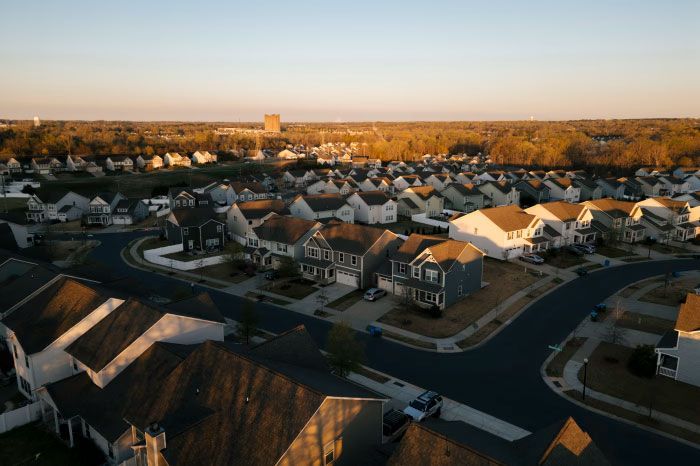Why buy? Leased-living neighborhoods are growing fast in Middle Tennessee
Original Story: Leased-living neighborhoods are growing fast in Middle Tennessee – https://www.tennessean.com/story/money/real-estate/2020/07/17/leased-living-neighborhoods-grow-middle-tennessee/5448063002/
Sherrie Yang and Silvio Ramirez enjoyed the convenience of apartment living, but not always the upstairs neighbors. Owning a home with more privacy and a yard for the dog sounded nice, but they weren’t ready to make such a large financial commitment.
Yang and Ramirez found the best of both worlds when they leased a home in Derryberry Estates, an all-rental subdivision in suburban Spring Hill.
“We wanted a house with a lot of room and privacy in a safe neighborhood,” said Yang.
Leased-living neighborhoods are becoming a popular alternative to homeownership in the Nashville region. Kinloch Partners, the company that developed all 34 homes in Derryberry Estates, also owns 25 houses in the nearby Crooked Creek subdivision and 30 homes in Fairview Station on the west side of Williamson County.
Kinloch expects to begin several other “large projects” in the Nashville area soon, said CEO Bruce McNeilage.
“It’s a business that has gotten huge real quick,” he said of leased-living subdivisions.
[su_youtube url=”https://youtu.be/fY9SP6YT7uU” width=”700″ title=”DerryBerry Estates – Spring Hill’s Newest Rental Community”]
It’s about to get even bigger in Middle Tennessee. Evergreen Living, a division of the company that owns Huntsville-based home builder Davidson Homes, is pursuing plans for several single-family rental neighborhoods. Davidson Homes already builds houses for sale in Rutherford and Sumner counties.
“Nashville and the surrounding towns present some of the highest-quality opportunities for us across the EverGreen Living footprint. We have toured multiple sites in Murfreesboro, Smyrna, Spring Hill and Thompson’s Station. We have multiple offers out for land that will support 150 to 250 cottages and anticipate starting construction within 12 months,” said EverGreen Living President Creighton Call.
EverGreen Living plans to build 4,000 houses over the next five years in Tennessee, Alabama, Georgia and North Carolina. Each of the company’s leased-living subdivisions will have 150 to 250 houses and will feature amenities such as access to a clubhouse, a pool and walking trails.
The houses will have private yards, hard-surface and tile flooring and stainless appliances. Monthly rents will range between $1,200 and $2,000. Home sizes range from around 800-1,000 square feet for a one-bedroom home; 1,000-1,200 square feet for a two-bedroom home, and 1,300-1,400 square feet for a three-bedroom home.
“We are eager to serve the growing number of people who want to live in new, expertly built rental homes in neighborhoods where the quality of life is exceptional. The build-for-rental industry will see significant growth in the future as young families and Baby Boomers look for housing alternatives that offer the best of class A apartments and the amenities of living in single-family homes in resort-style communities,” said Adam Davidson, founder, president and CEO of Davidson Holding Co.
Kinloch’s new leased-living subdivisions will probably have monthly rents around $2,000 for homes with up to five bedrooms. Amenities in the company’s neighborhoods include private yards, underground utilities and sidewalks.
Fairview Station is next door to an elementary school and a playground.

Build-for rental subdivisions attract many people with excellent credit who could buy a house but choose not to, said McNeilage.
“We’ve had credit scores up to 820,” he said.
Some people prefer the mobility and maintenance-free lifestyle of renting. Others are new to the area and want to try out different neighborhoods before buying. Others are worried about the economy, he said.
“They’re worried about the future. What do they do? They rent. Let’s not buy that house in Brentwood. Let’s rent in Spring Hill,” said McNeilage.
Residents of EverGreen Living’s single-family-rental subdivisions will enjoy all the benefits of apartment life, including on-site management to handle maintenance requests, combined with the privacy and convenience of a house, said Call.
“It resembles owning a home without the maintenance. You have a yard and the driveway with no one living above you or below you,” he said.
Yang and Ramirez moved into their house in Derryberry Estates in January.
“This is our first house. I prefer apartments, but I fell in love with this neighborhood,” said Yang.











